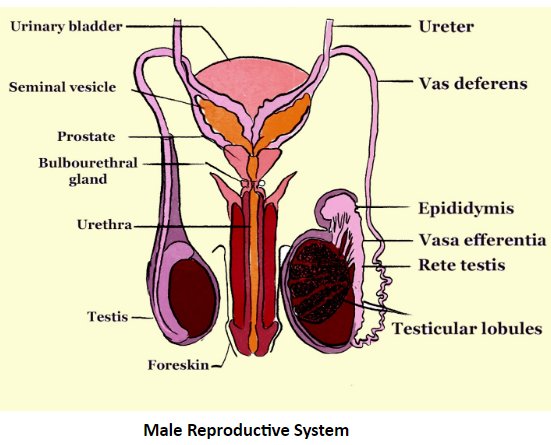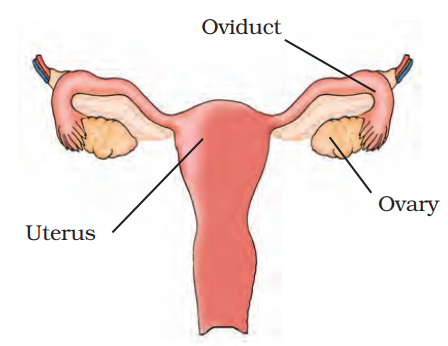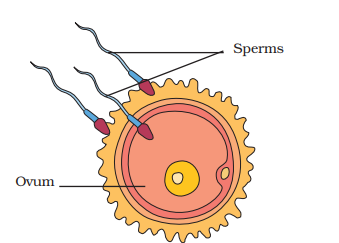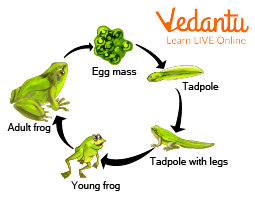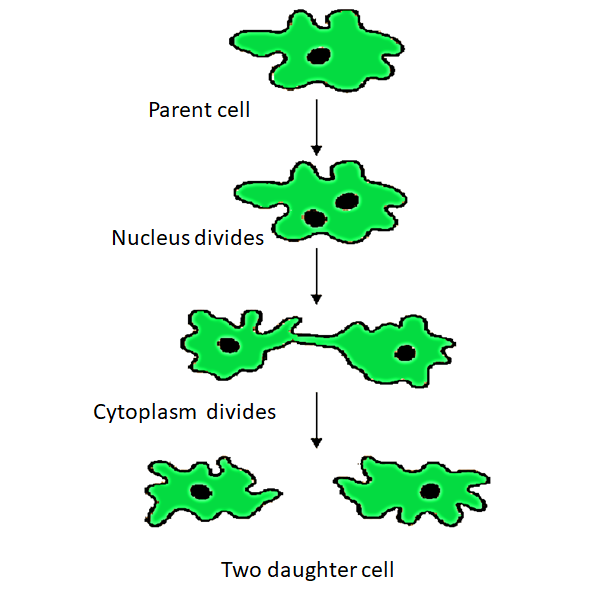Science Chapter 6 Reproduction in Animals Class 8 PDF Notes Download for FREE
FAQs on Reproduction in Animals Class 8 Notes: CBSE Science Chapter 6
1. What is covered in Class 8 Science Chapter 6: Reproduction in Animals?
This chapter explains the different methods of reproduction in animals, including sexual and asexual reproduction.
2. What is sexual reproduction?
Sexual reproduction involves the fusion of male and female gametes (sperm and egg) to produce offspring with genetic material from both parents.
3. What is asexual reproduction?
Asexual reproduction does not involve gametes. Offspring are produced from a single parent, resulting in identical copies of the parent.
4. What are some examples of animals that reproduce sexually?
Examples include mammals, birds, and fish.
5. What are some examples of animals that reproduce asexually?
Examples include bacteria, yeast, and some invertebrates like hydra and starfish.
6. What are reproductive organs?
Reproductive organs are parts of the body involved in the process of reproduction, such as ovaries and testes in animals.
7. How does fertilisation occur in sexual reproduction?
Fertilisation happens when a sperm cell from the male meets and fuses with an egg cell from the female, forming a zygote.
8. What is the role of the embryo in reproduction?
The embryo is the early stage of development after fertilisation, where the zygote grows and develops into a new organism.
9. How do animals with external fertilisation reproduce?
In external fertilisation, eggs and sperm are released into the environment, where fertilisation occurs outside the body, such as in fish and amphibians.
10. What is internal fertilisation?
Internal fertilisation happens inside the female’s body when the sperm fertilises the egg within the reproductive tract, as seen in mammals and reptiles.
11. What is the difference between binary fission and budding?
Binary fission is a type of asexual reproduction where an organism splits into two equal parts. Budding involves forming a new organism from a bud or outgrowth of the parent.
12. How do animals with regeneration reproduce?
In regeneration, certain animals can regrow lost body parts or reproduce by regenerating from fragments, such as in starfish and planarians.
13. What is a life cycle in the context of reproduction?
A life cycle includes all the stages an organism goes through from birth to reproduction and eventually death.
14. Why is it important to study reproduction in animals?
Studying reproduction helps us understand how different animals bring new life into the world and how species continue to exist and evolve.






















